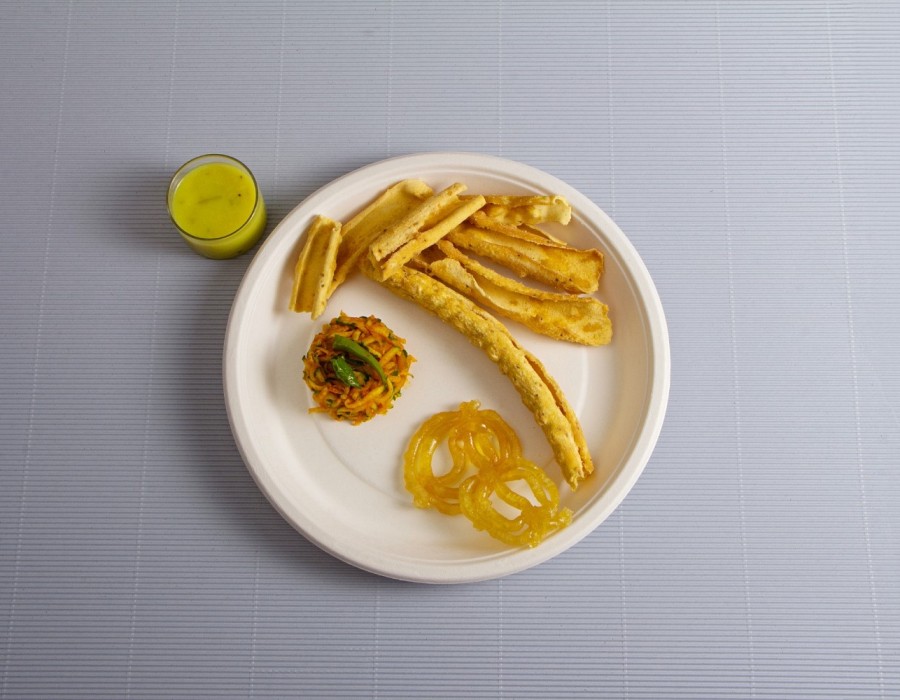Introduction
As businesses and consumers become more environmentally conscious, the demand for eco-friendly products like bagasse plates has surged. However, one of the key factors in decision-making for many businesses is cost. Understanding the cost comparison between bagasse plates and traditional disposable tableware is crucial to making informed choices that benefit both the environment and the bottom line.
Initial Costs: Bagasse Plates vs. Plastic and Foam
At first glance, bagasse plates may appear more expensive than traditional disposable tableware made of plastic or foam. The manufacturing processes for plastic and foam have been streamlined over decades, leading to cheaper products in terms of raw materials and production. In contrast, bagasse plates, made from sugarcane byproducts, involve more sustainable manufacturing processes that are newer and slightly more costly.
While plastic and foam plates might have lower upfront costs, they come with hidden environmental expenses. The non-biodegradable nature of these materials means long-term waste management and pollution costs, which are not immediately visible but can be costly for businesses aiming to project a responsible image.
Long-Term Value: Environmental Impact and Brand Perception
The true value of bagasse plates comes into play when considering long-term environmental impact. Plastic and foam plates contribute to landfill buildup and marine pollution, both of which have far-reaching consequences for businesses, especially those seeking to align with sustainability goals. Bagasse plates, on the other hand, are compostable and biodegradable, meaning they decompose naturally and contribute to a zero-waste cycle.
For businesses aiming to attract eco-conscious consumers, bagasse plates can enhance brand reputation. Customers are increasingly willing to pay a premium for products and services that align with their environmental values. Thus, while bagasse plates may have a slightly higher upfront cost, the long-term brand loyalty and positive perception they create can outweigh the initial price difference.
Operational Costs: Waste Management Savings
Another cost factor to consider is waste management. Traditional plastic and foam plates often require more intensive disposal processes, which may lead to higher waste management fees for businesses. Bagasse plates, being compostable, can be easily integrated into existing composting systems, reducing landfill waste and lowering disposal costs.
In locations where composting is encouraged or mandated, using bagasse plates can help businesses comply with regulations, avoiding potential fines or penalties. In the long run, this translates to operational savings that further offset the initial higher cost of purchasing bagasse tableware.
Conclusion: Balancing Cost and Sustainability
While bagasse plates may come with a higher upfront cost compared to traditional plastic or foam alternatives, the long-term benefits make them a cost-effective choice. From enhancing brand perception and reducing environmental impact to lowering waste management costs, bagasse plates offer significant value for businesses looking to stay competitive in a market that increasingly values sustainability. For companies aiming to balance cost with eco-friendly practices, switching to bagasse plates is an investment in both the future of the planet and the growth of their brand.





Comments